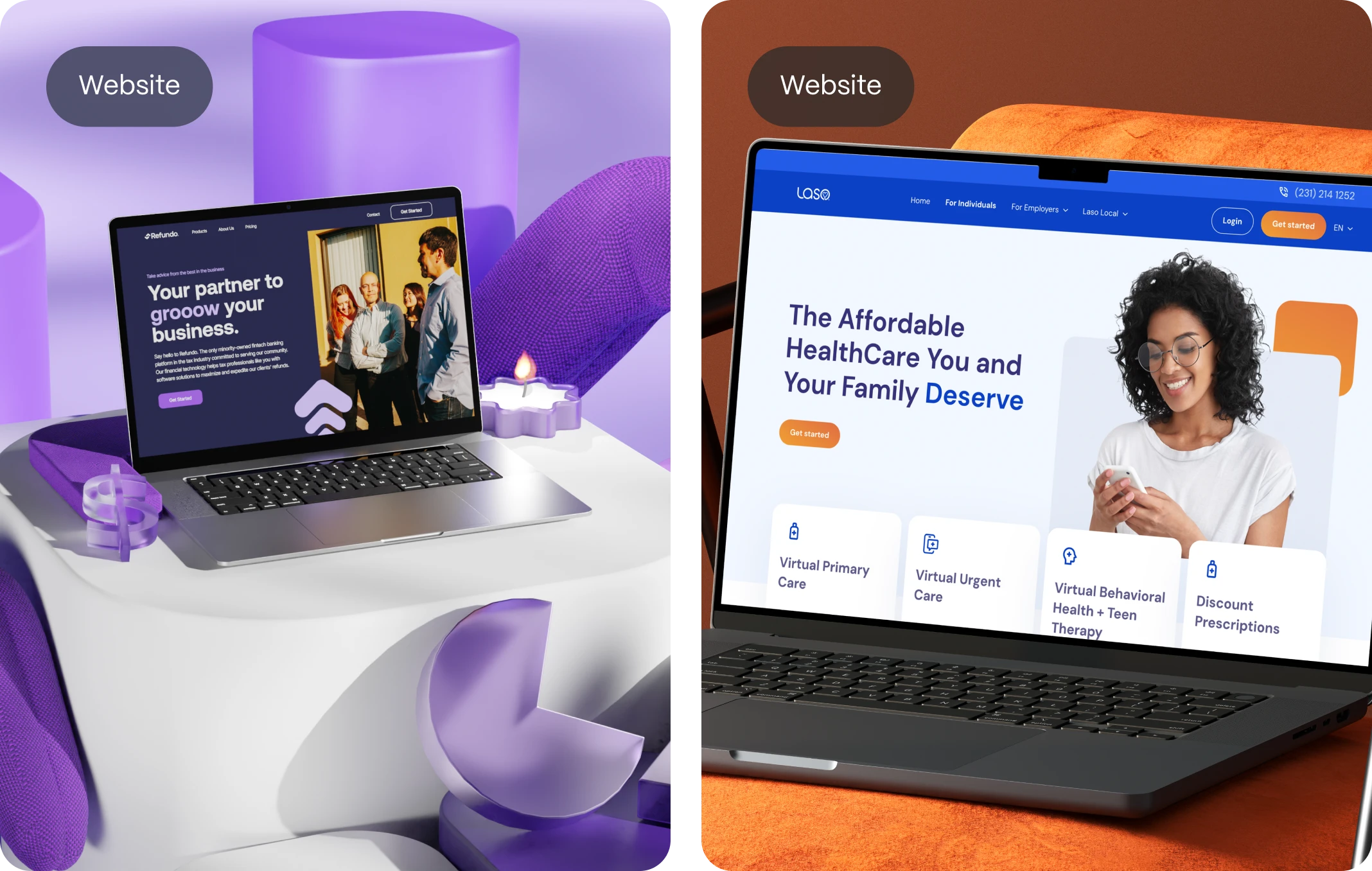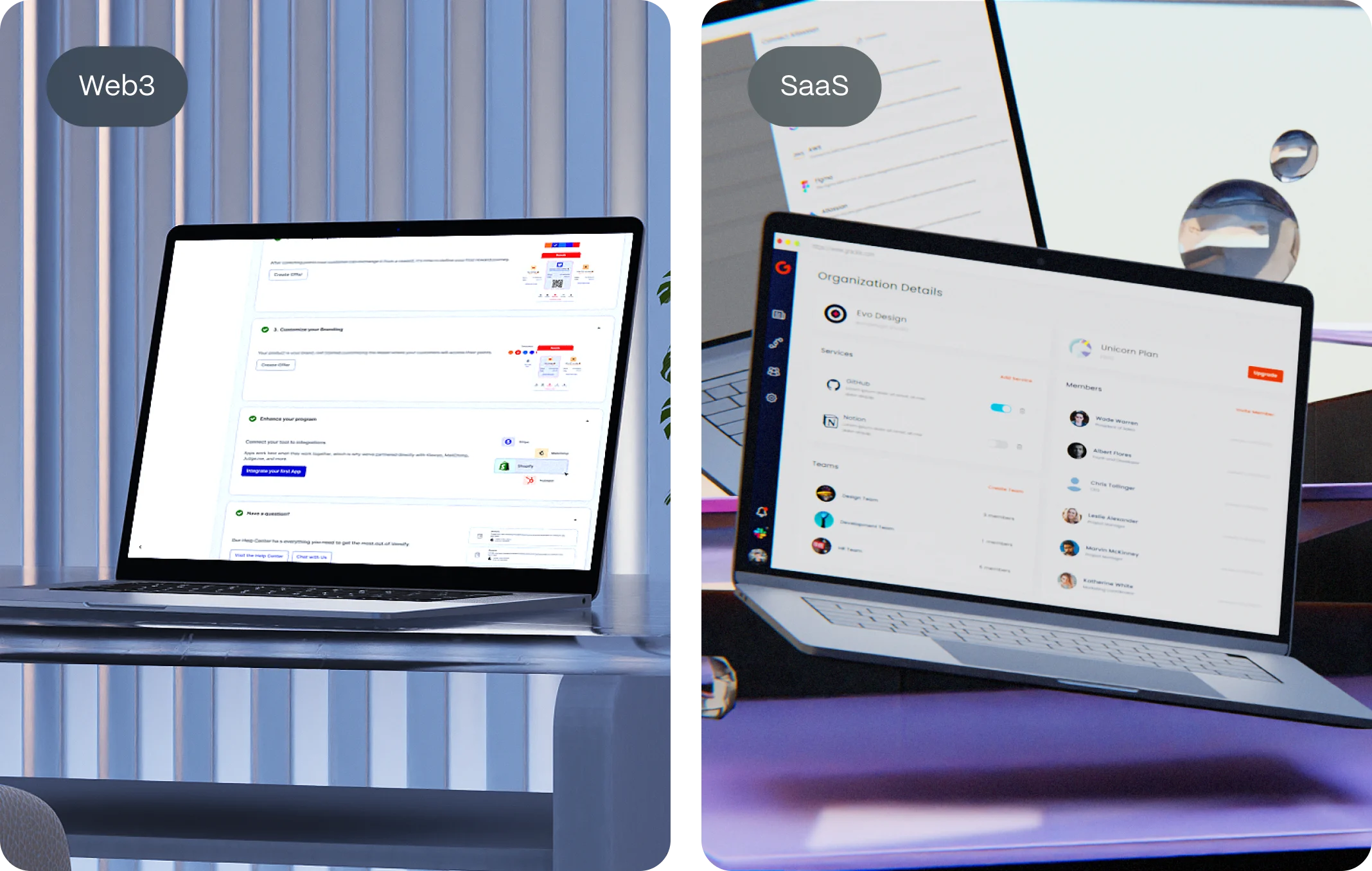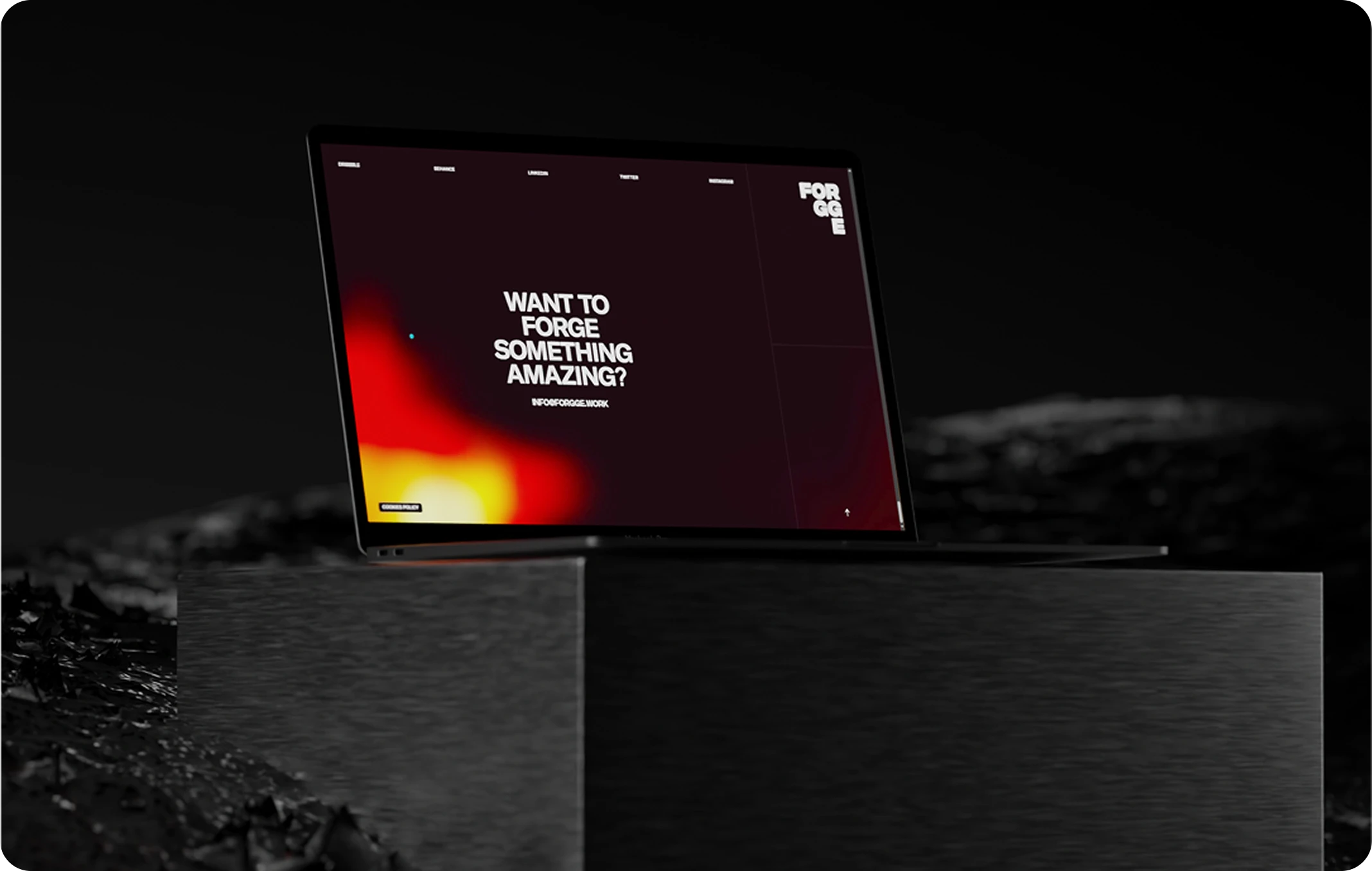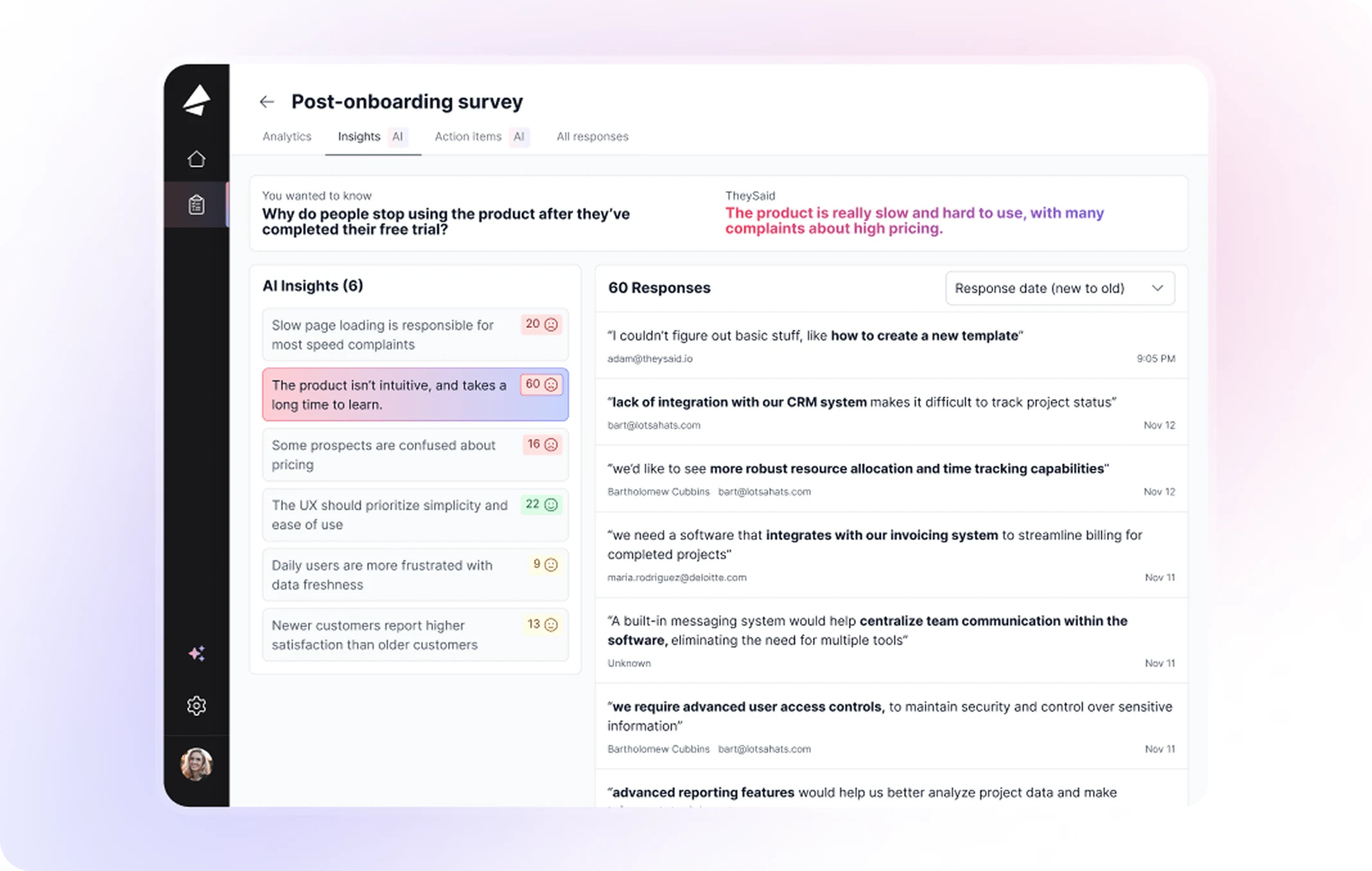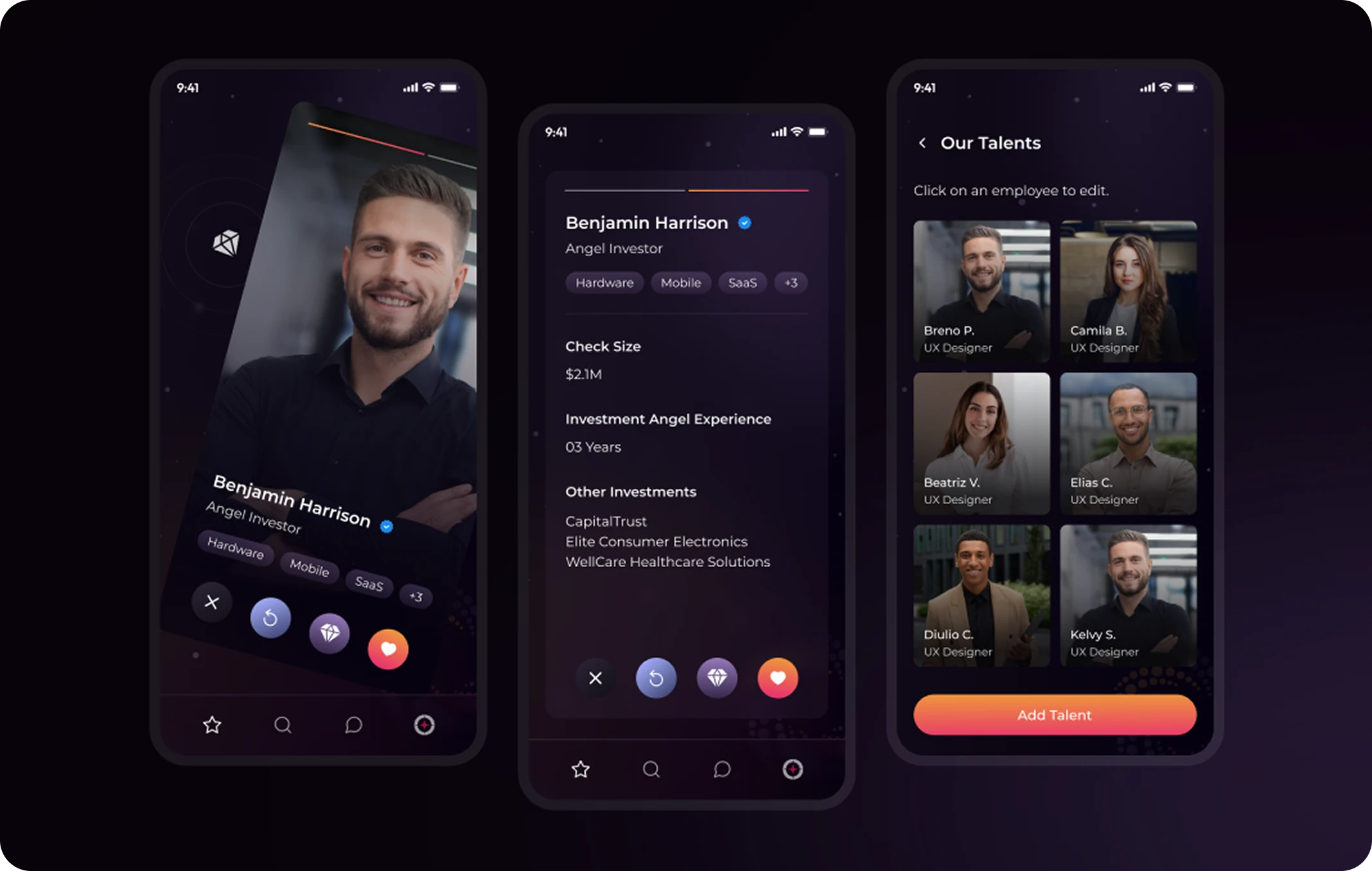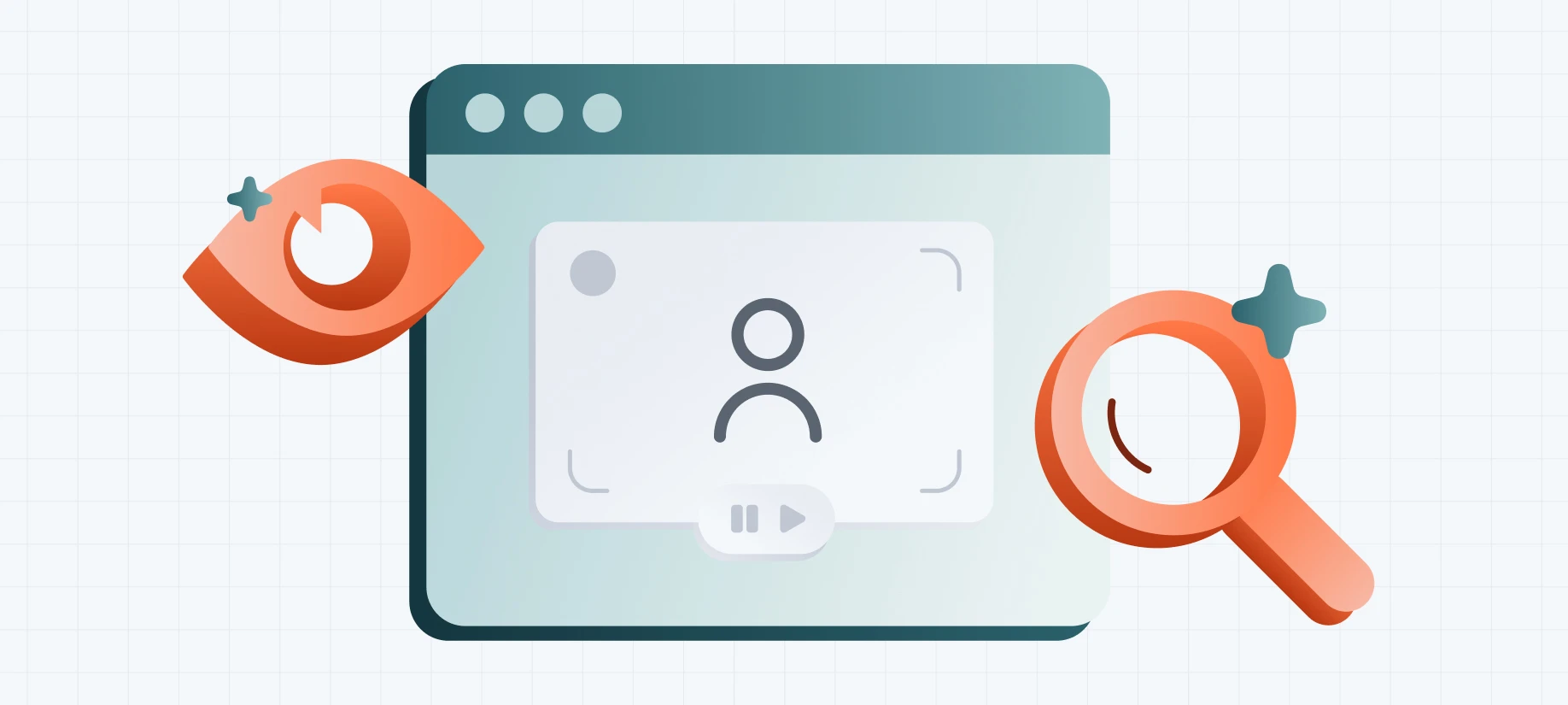In the rapidly evolving digital landscape, understanding user behavior and preferences is paramount. UX surveys have emerged as a vital tool for gathering data-driven feedback, enabling designers to make informed decisions that enhance user experience. This article delves into the significance of UX surveys, best practices for implementation, and insights from industry thought leaders like Don Norman, Erika Hall, and Steve Krug.
Understanding UX Surveys
UX surveys are structured questionnaires designed to collect user feedback about their experiences with a product or service. They provide quantitative and qualitative data that help identify pain points, user needs, and areas for improvement. By systematically gathering user insights, UX surveys inform design decisions that align with user expectations and business goals.
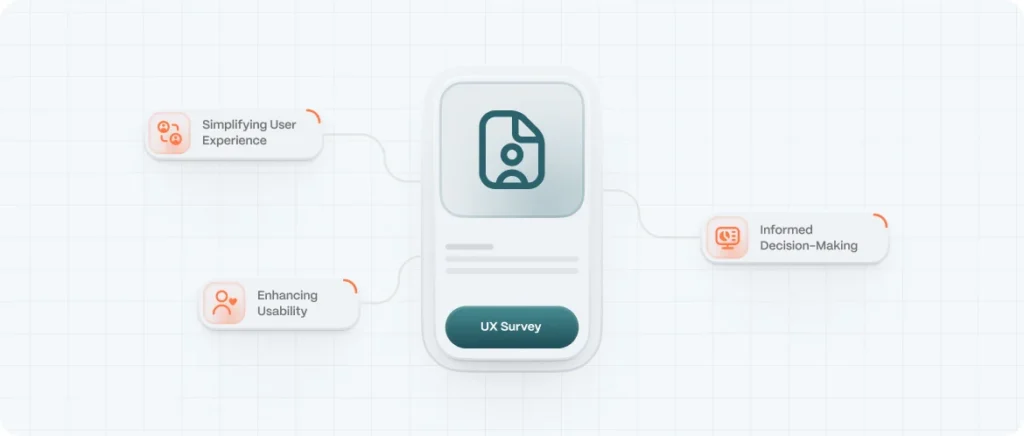
The Importance of UX Surveys in Design
UX surveys play a critical role in creating user-centered designs. Here’s how:
Enhancing Usability
Don Norman, in his seminal work *The Design of Everyday Things*, emphasizes the importance of designing with the user in mind. UX surveys align with this principle by capturing user feedback that highlights usability issues, allowing designers to create more intuitive and user-friendly interfaces.
Informed Decision-Making
Erika Hall, author of *Just Enough Research*, advocates for the use of research methods that provide actionable insights without overwhelming resources. UX surveys fit this model by offering a scalable way to gather user data, enabling teams to make evidence-based decisions efficiently.
Simplifying User Experience
Steve Krug’s *Don’t Make Me Think* underscores the importance of simplicity in design. UX surveys help identify areas where users may experience confusion or friction, guiding designers to streamline interfaces and improve overall user satisfaction.
Types of UX Surveys
There are several types of UX surveys, each designed to gather specific types of feedback:
- Customer Satisfaction Surveys (CSAT): Measure user satisfaction with specific aspects of a product or service.
- Net Promoter Score (NPS): Assess user loyalty by asking how likely they are to recommend the product to others.
- System Usability Scale (SUS): Evaluate the overall usability of a system through a standardized questionnaire.
- Task-Based Surveys: Collect feedback on specific tasks or features within the product.
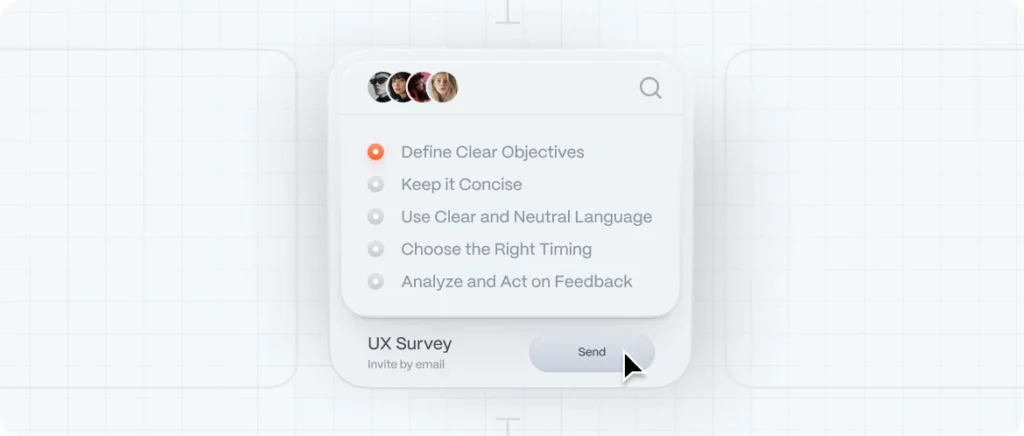
Best Practices for Conducting UX Surveys
To ensure your UX surveys provide valuable insights, follow these best practices:
- Define Clear Objectives: Establish what you aim to learn from the survey to ensure relevant questions and actionable insights.
- Keep it Concise: Respect users’ time by limiting the number of questions and focusing on key areas of interest.
- Use Clear and Neutral Language: Avoid leading questions and ensure clarity to elicit honest and accurate responses.
- Choose the Right Timing: Deploy surveys at appropriate moments in the user journey, such as after completing a task or using a new feature.
- Analyze and Act on Feedback: Systematically review survey data to identify trends and implement changes that enhance user experience.
Integrating UX Surveys into the Design Process
Incorporating UX surveys at various stages of the design process ensures continuous user feedback and iterative improvement. During the discovery phase, surveys can uncover user needs and expectations. In the design and testing phases, they help validate design choices and identify usability issues. Post-launch, surveys monitor user satisfaction and inform future enhancements.
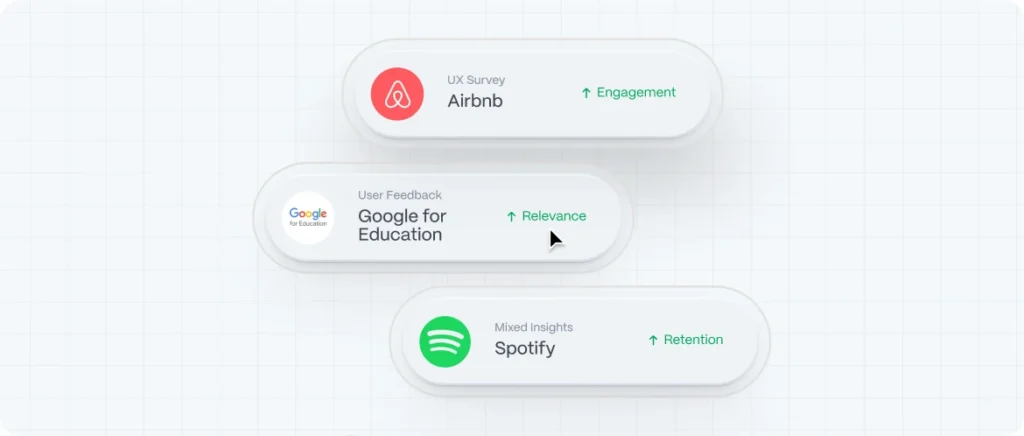
Real-World Examples of UX Surveys in Action
Here are some examples of how companies have successfully used UX surveys:
Airbnb: Observing User Behavior to Uncover Design Opportunities
Airbnb utilized UX surveys to gather insights into user behavior, leading to design improvements that enhanced the booking experience. By analyzing survey data, they identified pain points and streamlined the user journey, resulting in increased user satisfaction and engagement. Consider also applying data backed UX strategies for deeper insights.
Google for Education: Rapid Product Adaptation through User Feedback
Google for Education employed UX surveys to collect feedback from educators and students, enabling rapid adaptation of their products to meet user needs. This approach ensured that their tools remained relevant and effective in dynamic educational environments.
Spotify: Balancing Data and Human Perspectives
Spotify combined UX surveys with data analytics to understand user preferences and behaviors. This holistic approach allowed them to tailor their music recommendations and interface design to better align with user expectations, enhancing the overall user experience.

